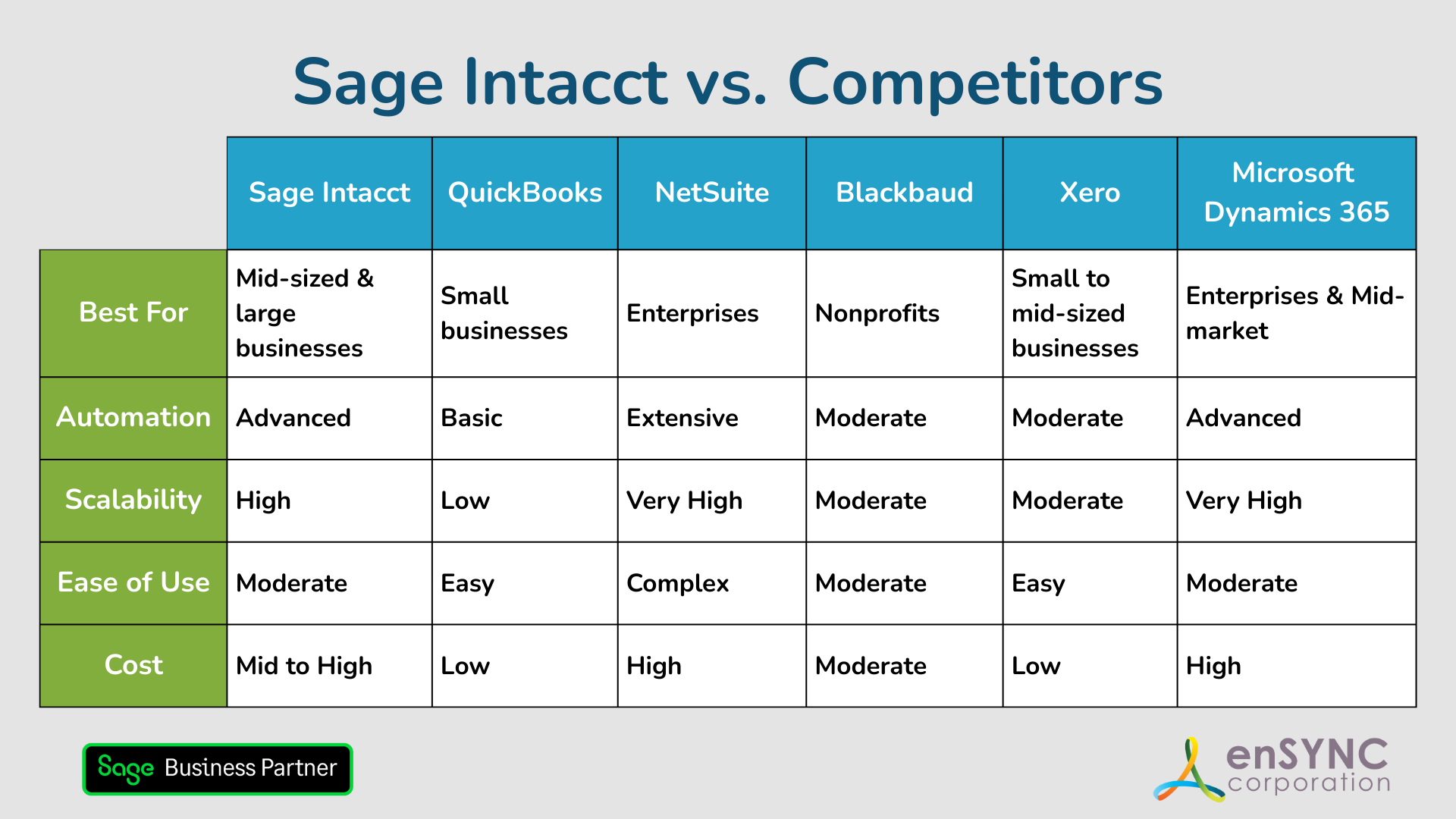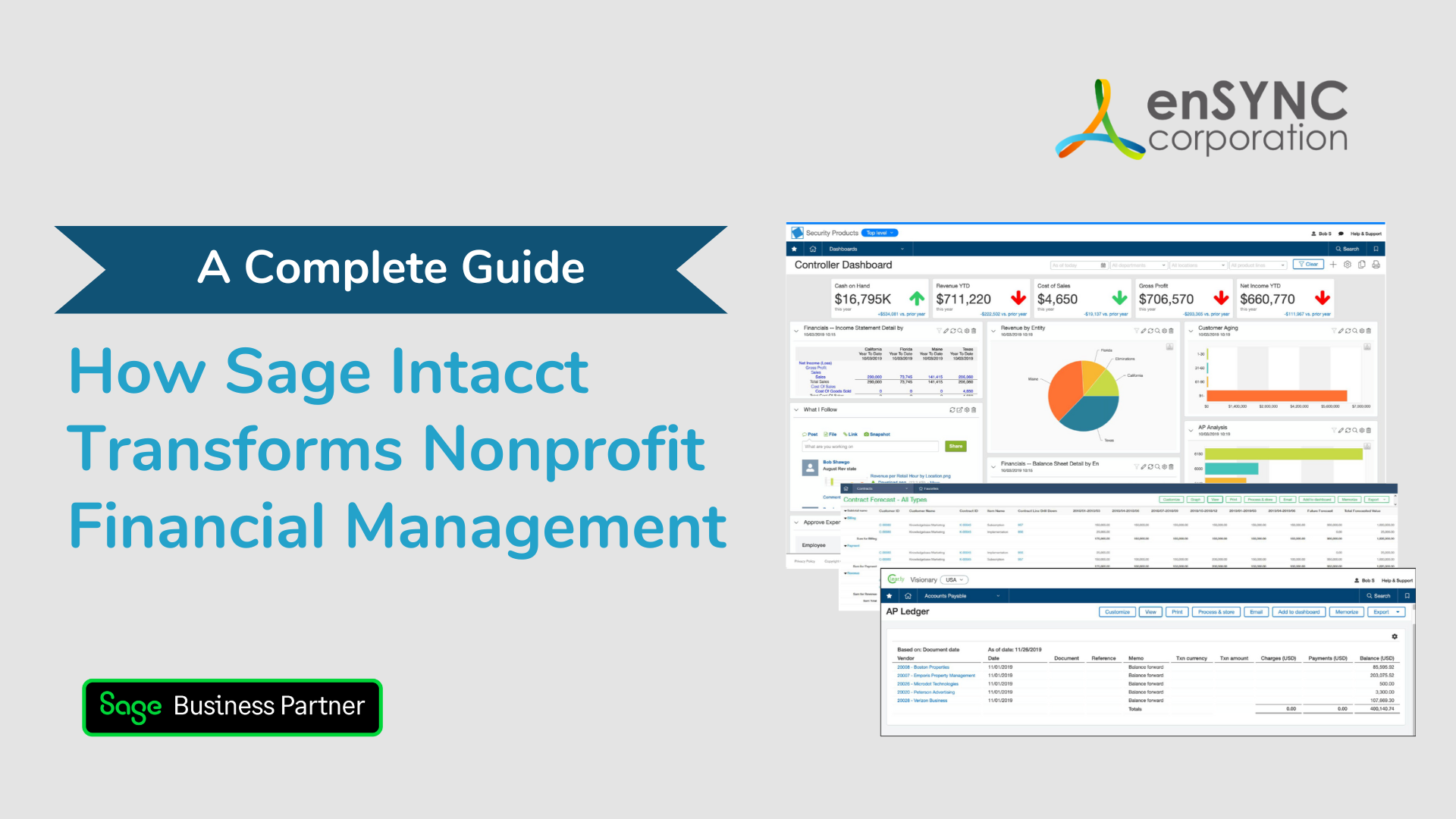Technology & digital transformation | Compliance & security | Educational institutions
Why data management for education matters more than ever
October 27, 2022
|
Benefits of Data Management for Education Associations
Education associations must adapt to the technological environment to stay relevant on the digital landscape.
Data management solutions for education are the foundation for a successful strategy. Integrated applications that share data improve efficiency, reduce costs, and provide the tools to produce superior learning experiences.
Data management systems are critical to effective education associations
Many learning institutions still use spreadsheets and word processor documents to organize information. Besides creating the need for data entry and increasing redundant tasks, these legacy methods reduce productivity and are prone to human error.
Data management systems solve these issues by facilitating data collection and appropriate sharing across an organization. Adopting this technology is essential for education associations to lead learning institutions in innovation.
Data management systems easily track information
Learning institutions collect many types of data from educational programs, certification exams, extracurricular activities, and administrative processes, remote operations, and related business entities. Data management systems are critical to collecting large amounts of student data accurately, producing academic calendars, and facilitating the delivery of learning programs.
Administrative tasks are faster and easier with data management systems
Data management systems can integrate with other software to provide access to student data, allowing administrators to perform tasks across departments quickly. Common administrative tasks facilitated by a data management system include timetable generation, calendar creation, tracking payments, grade reports, payments, and much more.
Administrative tasks are also streamlined by integrating applications and sharing data. These include learning management systems, membership management software, and financial software for schools.
Data management systems ensure data security
Educational institutions constantly record and track student performance, attendance, and activities from internal operations. By using a data management system, this information remains secure online and can be shared throughout the organization.
Teaching is more effective with integrated data management systems
Teaching classes, assigning homework, reviewing assignments, and providing feedback involves hours of manual work that can be better devoted to the teaching process. A reliable data management system integrated with software for continuing education provides teachers with tools that free them from redundant tasks, allowing them to allocate more time to producing better learning outcomes.
Data management systems are integral to digital learning
Online education is a growing trend, prompting learning institutions to move their systems to the internet. Master data management systems facilitate this transition by centralizing information and dispersing that data to other departments. Collaboration between management services, educators, and other staff is also improved by allowing credentialed employees to access the system from any location.
How to develop an effective data management strategy
A long-term data management plan is critical to effectively managing students, internal operations, and collaboration across your team.
Three strategies to consider when developing a data management plan include:
1. Effective Document Management
The first step to functional document management is to practice good data hygiene.
Data hygiene refers to management processes and procedures that ensure data is clean, easily retrievable, and accessible from mobile devices in connected locations. Strategies that ensure effective data hygiene include standardizing file naming conventions, implementing frequent backup plans, removing duplicate information, and clearing legacy data that no longer applies to the organization.
2. Secure Data Storage
An effective data management strategy depends on a safe, secure location for storing data online.
Educational institutions traditionally stored information on local servers, however this created access issues and complications throughout the organization. In addition, the advent of remote working strategies now calls for timely access to vital data to improve collaboration.
Cloud-based storage is safe, secure, and provides a centralized data repository that can be shared across applications. By choosing a reliable storage provider, your data is also backed up to prevent information loss and service disruptions that compromise the delivery of learning programs.
3. Effective Program Delivery
School management systems that integrate with workflow management systems for education streamline course delivery while providing superior learning experiences. Modern AI-powered data management systems provide teachers with tools to create interactive content and track student progress. In addition, current learning management systems can simplify the process of assigning homework, making corrections, and obtaining feedback from students.
Data management systems protect student privacy
Cyberattacks directed toward educational institutions are on the rise across the country. According to the K12 Security Information eXchange, there have been 1,331 incidents since 2016 that include:
- Theft of confidential student data
- Phishing attacks
- Ransomware attacks
- Denial-of-service attacks
Privacy concerns for students are growing as attacks continue to rise. Data management systems leverage the most current strategies to monitor networks, prevent attacks, and mitigate issues before they increase in severity.
Learn more enterprise data management strategies for education
A modern data management system is the pillar of a future-focused educational institution.
Produce better learning outcomes, improve efficiency, increase productivity, lower operational costs, and enhance collaboration. Our playbook for educational institutions is the first step to mastering data management and technology, with actionable steps you can start taking today.
Recent Posts

Sage Intacct vs. Competitors: Finding the Best Accounting Solution for Your Nonprofit
Choosing the right accounting software is a critical step for any organization — and a deeply personal one, too. How to choose the accounting...

How Sage Intacct Transforms Nonprofit Financial Management: A Complete Guide
Staying on top of financial management is crucial for all businesses, especially nonprofits. Nonprofits often have limited resources and handle...
Enjoying our blog?
At enSYNC, we want to empower associations and nonprofits to make well-educated decisions. If you want our industry knowledge (and other free guides) sent directly to your inbox, fill out the form below.


